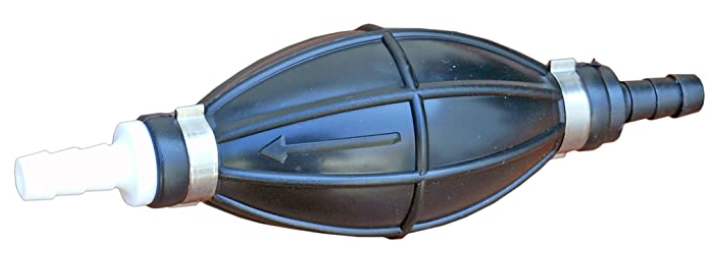slayer021175666
Well-Known Member
- Joined
- Sep 24, 2020
- Messages
- 563
- Reaction score
- 254
I just got into electric brewing and I notice I have to stir my HLT all the time to keep temps consistent from the bottom to the top of the kettle. I would like a cheap and easy solution to stir it constantly. I have seen electric motor stirrers, circulating with pumps (I DO NOT want any pumps right now) and even guys who say an aquarium air pump with the outlet tube dropped to the bottom of the HLT. The aquarium pump sounds cheap and easy but, how well will it really work? I would consider a buy it and install it option too as long as its cheap and easy. Don't want to spend much more than $30 bucks on this. Any help is appreciated. Thanks.





















































![Craft A Brew - Safale BE-256 Yeast - Fermentis - Belgian Ale Dry Yeast - For Belgian & Strong Ales - Ingredients for Home Brewing - Beer Making Supplies - [3 Pack]](https://m.media-amazon.com/images/I/51bcKEwQmWL._SL500_.jpg)









